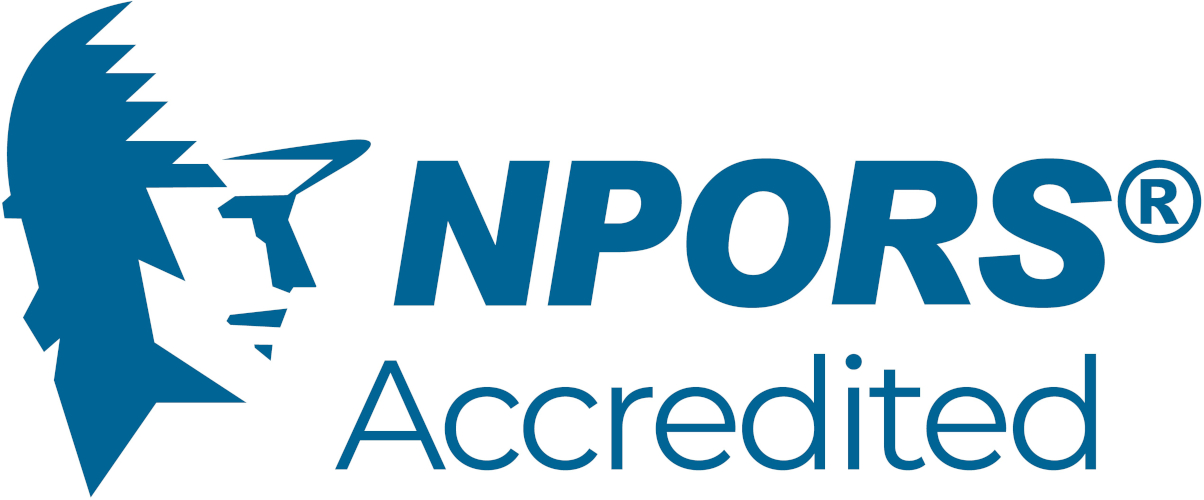Here are the theory test questions for A31 Ride on Roller.
During the theory test you'll be asked a maximum of 40 questions.
Please note that your paper will include all the questions we have marked here with an asterisk *. In addition you will have a random selection of the other questions that are not marked here with an asterisk.
These questions will appear on every A31 paper
Where should the first pass be made if rolling a cross-fall or camber? (2 marks)*
What is generally accepted as a rolling pass? (2 marks)*
What is meant by consolidation? (4 marks)*
Before starting work, name SIX checks that should be made to the compacting area. (6 marks)*
By how many times is a vibratory pass more effective than a deadweight pass? (2 marks)*
What is meant by deadweight rolling? (2 marks)*
What is regarded as the commonest cause for poor compaction? (2 marks)*
If travelling on wet soils, what effect does this have on the ride-on roller? (2 marks)*
When working in a confined area or space, name THREE hazards that can occur. (3 marks)*
What are the TWO aims of compaction? (2 marks)*
If compacting on a gradient:
a) what is the rolling procedure and
b) explain why. (4 marks)*
When would a low-frequency amplitude (or vibration) generally be used? (2 marks)*
In general, what types of material are usually used as a sub-base? (2 marks)*
Why should the vibration system not be engaged whilst the roller is stationary on soft ground? (2 marks)*
Generally, what thickness of soil should be compacted before another layer is laid? (2 marks)*
A random selection of these questions will appear on each A31 paper
When working in a confined area or space, what danger can be present with an articulated ride-on roller with regards to steering? (1 marks)
During work, the engine starts to overheat.
Explain the danger if someone tries to remove the radiator or expansion tank cap. (2 marks)
a) What determines the minimum distances that any part of plant and machinery has to be kept from over head electricity lines and
b) explain why a distance should be kept. (4 marks)
Before leaving the cab or seat for a rest break, after parking and switching off the machine, what final action must be carried out? (2 marks)
The roller has to be travelled up a slope. What should be checked before starting? (4 marks)
When parking the machine at the end of the shift, name THREE places where the ride-on roller should NOT be parked. (3 marks)
What problems and hazards can soft ground cause to a ride-on roller? (1 marks)
Give THREE possible reasons why ride-on rollers should not stray off the designated travel routes. (3 marks)
On articulated ride-on rollers, the two halves of the chassis can oscillate (or twist). What is the purpose of this? (2 marks)
a) What is the minimum distance allowed near open trenches when travelling to the working area with a ride-on roller and
b) explain why. (2 marks)
The operator has been asked to drive the machine onto a transporter/trailer.
a) Who is responsible for the loading operations and
b) state FOUR actions to be considered by the operator before loading commences? (5 marks)
Why should a ride-on roller be re-fuelled at the end of the day? (1 marks)
If setting up to work in a pedestrianised area, state THREE factors that need to be taken into account. (3 marks)
Where should the ride-on roller’s Operator’s Manual be kept and why? (2 marks)
If the operator has to fill the fuel tank, state TWO precautions to ensure cleanliness of the system. (2 marks)
Why are plant operators generally regarded as ‘safety-critical’ workers? (4 marks)
In what situation does a hard hat NOT need to be worn when operating a ride-on roller? (2 marks)
Why must the seat belt be worn at all times, even though a ROPS frame is fitted? (2 marks)
If checking the oil level using a dipstick, why must gloves be worn? (1 marks)
On articulated ride-on rollers, steering is achieved by actuating a hydraulic ram (or rams), which is controlled by turning the steering wheel.
a) How does the engine supply the oil flow and
b) what happens to the steering when the engine stops? (2 marks)
Name FOUR factors that determine the number of rolling passes. (4 marks)
What is the purpose of a ROPS cab or frame? (2 marks)
Name THREE ways in which an operator can minimise their impact upon the environment whilst using the machine. (3 marks)
Apart from the operator, who else may need to use the machine’s Operator’s Manual? (1 marks)
The operator has to use a new type of ride-on roller that they are unfamiliar with. What do Regulations (i.e. PUWER 98) and other guidance require the operator to have? (3 marks)
End of questions for A31 Ride on Roller


